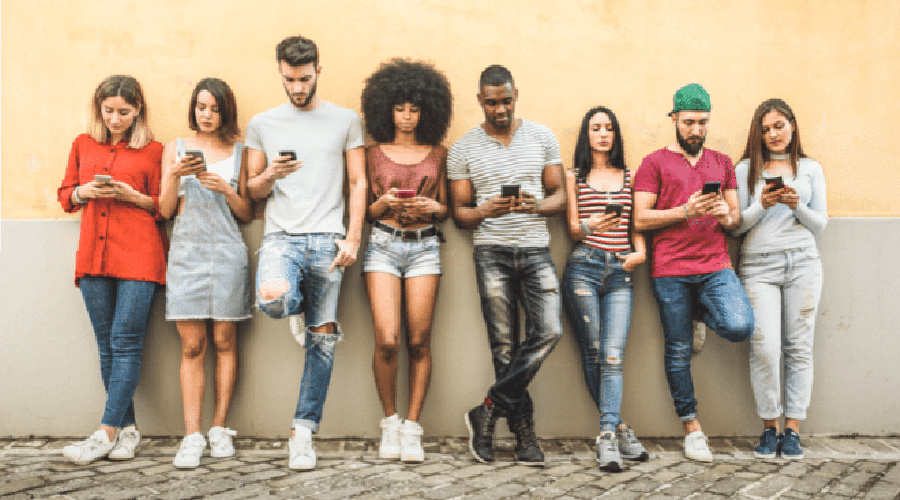A new study reveals that the decline of the mental health of younger generations has occurred alongside smartphone use and an increase in social isolation.
The new study, “The Deteriorating Social Self of Younger Generations,” was just released by Sapien Labs.
“Data shows that people now spend 7-10 hours online,” says Dr. Tara Thiagarajan, Chief Scientist at Sapien Labs.
“This leaves little time for in-person social engagement.
Prior to the Internet, by the time someone turned 18, we estimate that they would likely have spent anywhere from 15,000 to 25,000 hours interacting with peers and family in person.”
But today, Dr. Thiagarajan says the research shows the internet age has likely cut that range down to 1,500 to 5,000 hours.
She says that social interaction teaches people how to read facial expressions, body language, physical touch, appropriate emotional responses, and conflict resolution, life skills that are crucial for socio-emotional development.
Without these skills, people can feel detached from society and possibly harbor suicidal thoughts.
The report reveals this decline is consistent across 34 countries where data was acquired, and that over the pandemic, the mental wellbeing of each younger age group of adults fell much more dramatically.
Particularly for young adults (ages 18-24) this trend was exacerbated by the pandemic and began after 2010, alongside the growth of smartphone use.
Prior to 2010, studies showed that young adults had the highest levels of psychological well being, but since then, the trend has been in the opposite direction.
The study outlines the key symptoms that impact the majority of young adults 18-24 or are most significantly amplified or deteriorated compared to older adults.
These include:
Obsessive, strange or unwanted thoughts
Self-image, Self-worth and confidence
Feelings of being detached from reality
Relationships with others
Suicidal thoughts
Fear and anxiety
Feelings of sadness, distress or hopelessness.
These symptoms point to a decline of the Social Self, a composite metric of how we view ourselves and are able to form and maintain relationships – essentially a view of how an individual is integrated into the Social Fabric.
This constellation of symptoms that dominate the mental profile of young adults do not map to any single disorder as defined by the DSM (which is the standard classification system for mental disorders used by mental health professionals in the United States).
“This highlights the magnitude and nature of the challenges of social isolation and digital interaction at the expense of in-person social interaction,” says Thiagarajan.
























